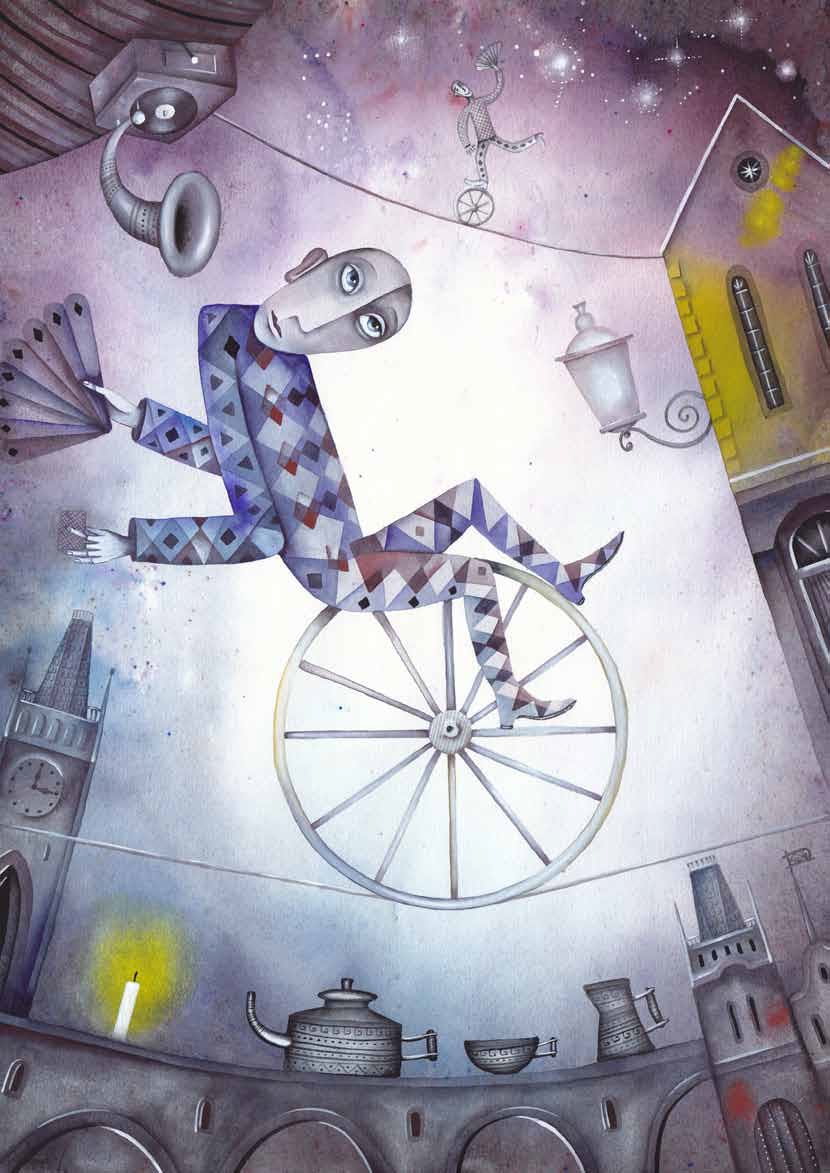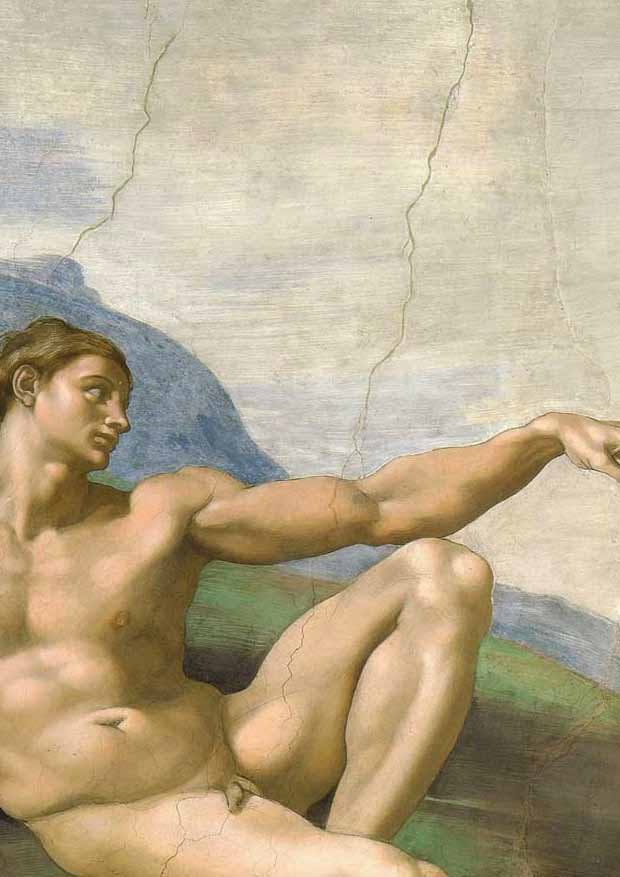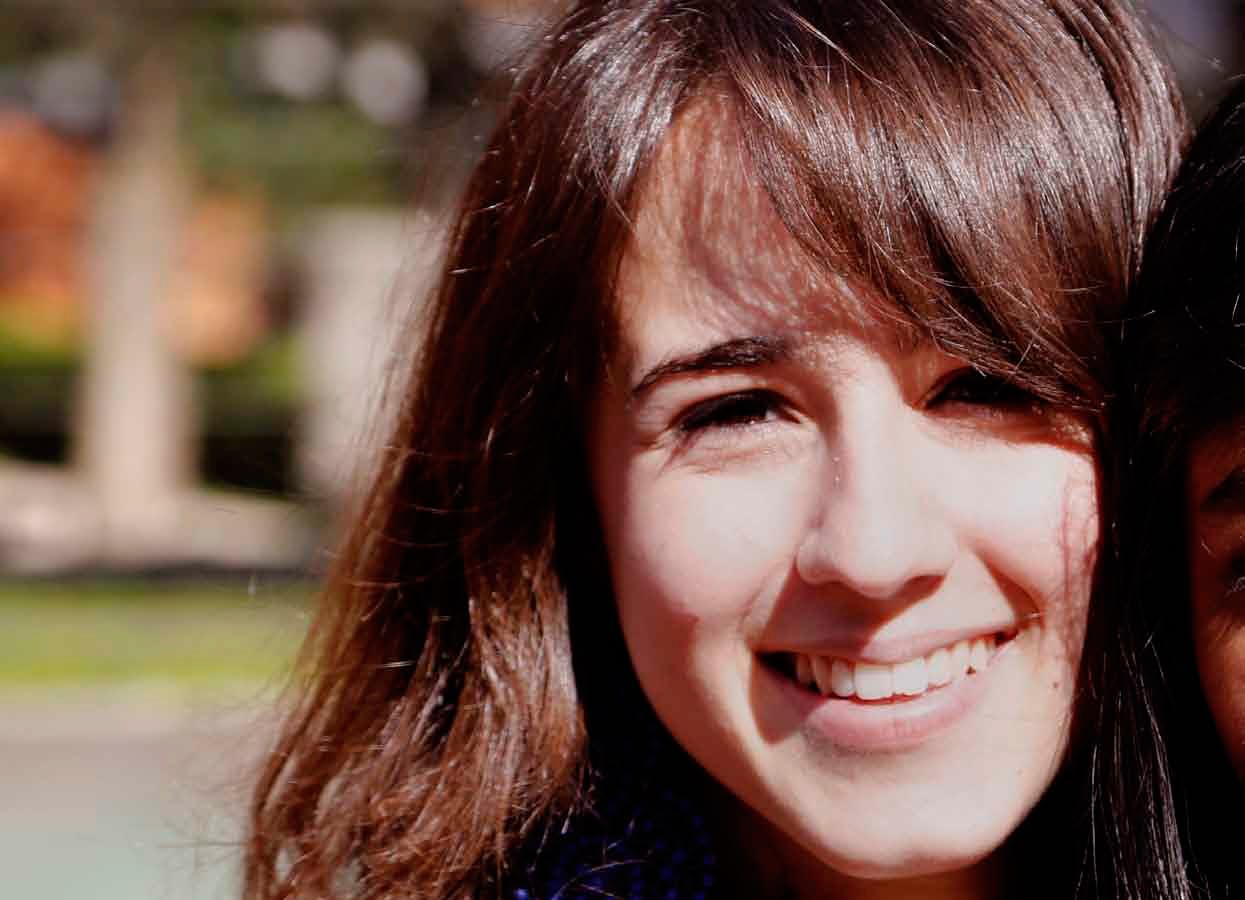
Creative Pathways
St. Stephens has offered the IB program for many years now and as the school does, the IB also recognizes the importance of art in developing a student’s creativity and technical ability. Art allows us to connect to the world’s cultural heritage and join an age long tradition of creative expression. Rome being filled with ancient, medieval, renaissance and baroque art allows one to be constantly surrounded, engaging one’s mind but also stirring personal creativity and a desire to produce physical art works.
This year St. Stephens has its biggest class of senior IB art students to date and I feel extremely privileged to be working among many talented young artists. Each student has developed his or her own style and technique, exhibiting their passion and individual creative pathway. Each student’s work speaks to their unique personality and through the use of various mediums one has the opportunity to experiment and find their niche.
The IB art program consists of two major parts, the first are your sketches and exploration in your research workbook. This demonstrates knowledge of various styles and techniques and shows experience in writing about art that interests and connects to your own body of work.
Writing about artists or movements that interest you is important in developing your style and knowledge therefore creating links between yourself and the art world. One can also write about local exhibitions or museums they visit, but most important drawing of any genre in the sketchbook is essential. One should experiment in the sketchbook and then produce pieces which evolve from those ideas, showing a creative evolution, tracing both technical and conceptual progress.
The second component to the IB art program is studio work, one must create around twenty complete studio pieces to fulfill the requirement. A studio piece constitutes any finished piece that demonstrates the evolution of a concept or idea into a physical piece. A studio piece may be anything from a painting, a series of photographs, a sculpture an installation, or a video.
Placingcontemporaryartistictrendsinalong-termhistorical, social and aesthetic perspective is key to understanding the progression of art. The IB art program allows students to explore their own personal styles through the appreciation of a wide range of great artists and the experimentation of many mediums. IB art is unlike any other IB subject, where one has the opportunity to make personal goals and achieve them resulting in a concrete piece of work embodying both the concepts developed and the manual skills used to create it.
Taking art higher level has allowed me to dedicate a large number of academic hours in the studio, either developing new ideas for pieces but most of the time simply painting or drawing. Students are supposed to link their pieces choosing a common theme or attribute which unifies their portfolio.
This year it is interesting many students common thread appears to be working with the figure. Everyone, myself included appears to be fixated on representational and figural art. Whether it be through photographed portraits or painted nudes, all of our work seems to be cohesively linked. Perhaps this speaks to our evolution as a class and how we learned from one another using each other’s ideas as springboards to delve into larger pools. Or maybe it is human desire to understand ourselves figuratively on paper or canvas. These past two years of art have been pure experimentation for me, testing different methods and subjects learning from my peers. Creating art can be the most fulfilling while also the most frustrating, testing one’s physical skills but also their brain to be patient and slowly develop into the artist they aspire to be.




